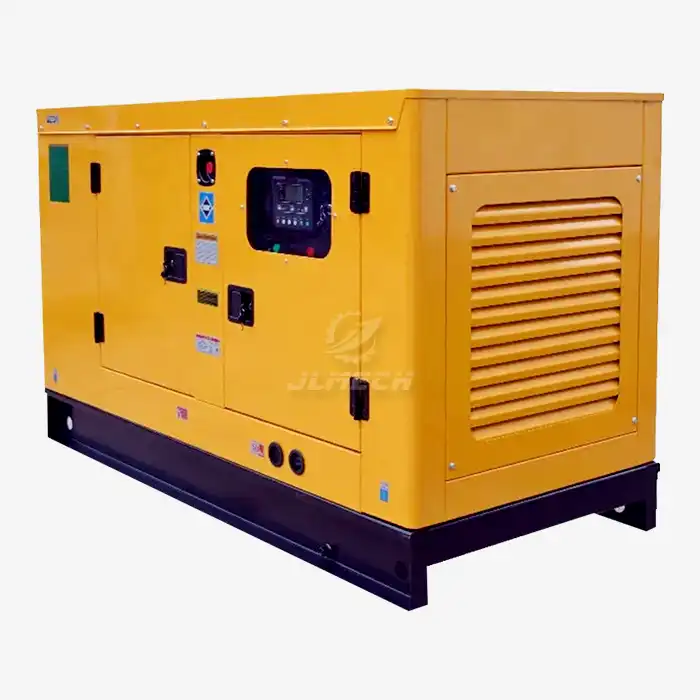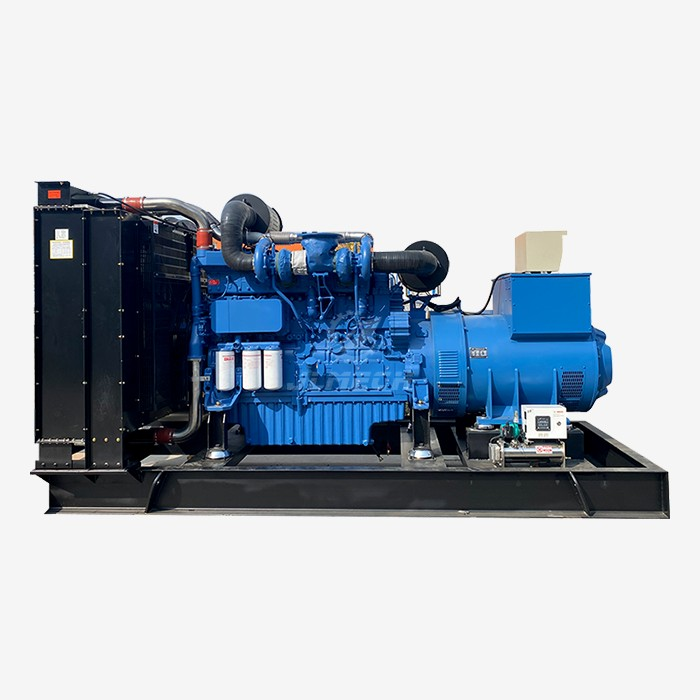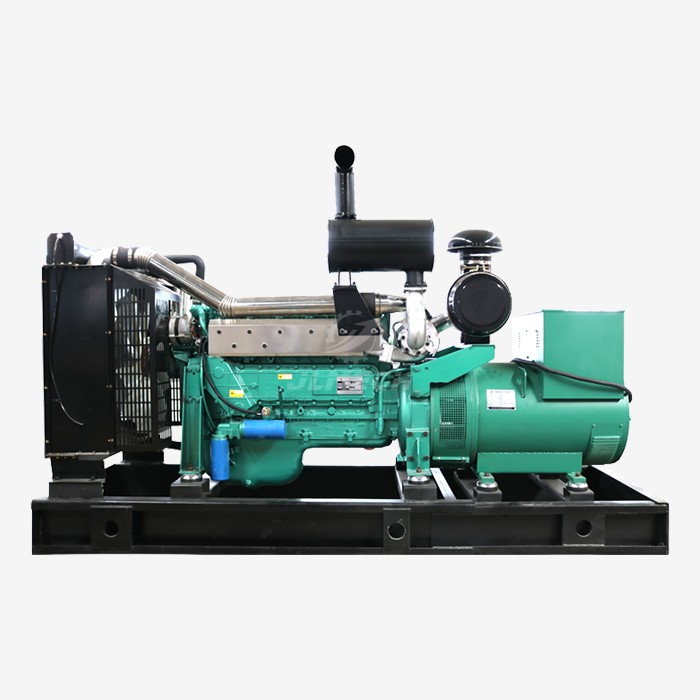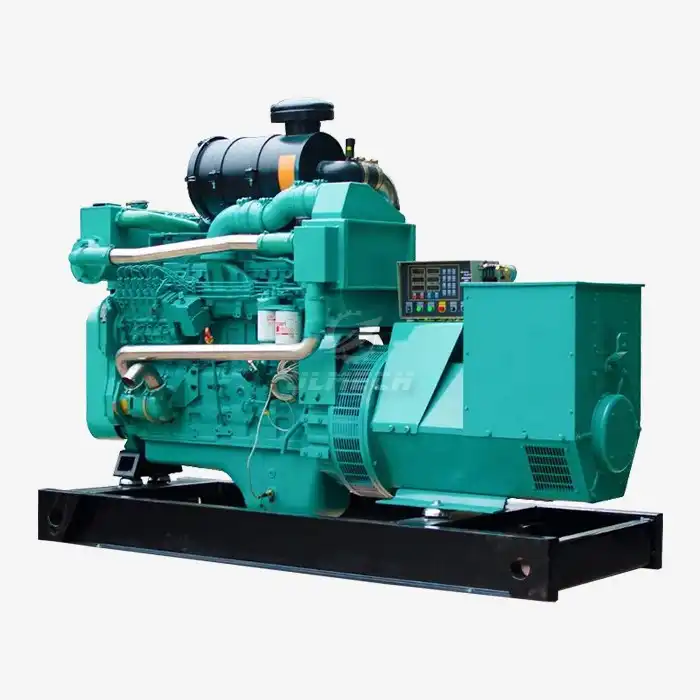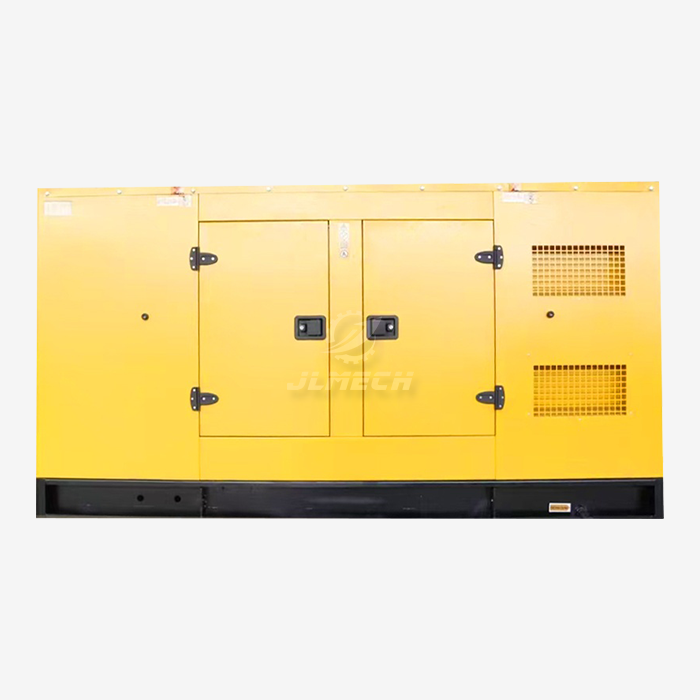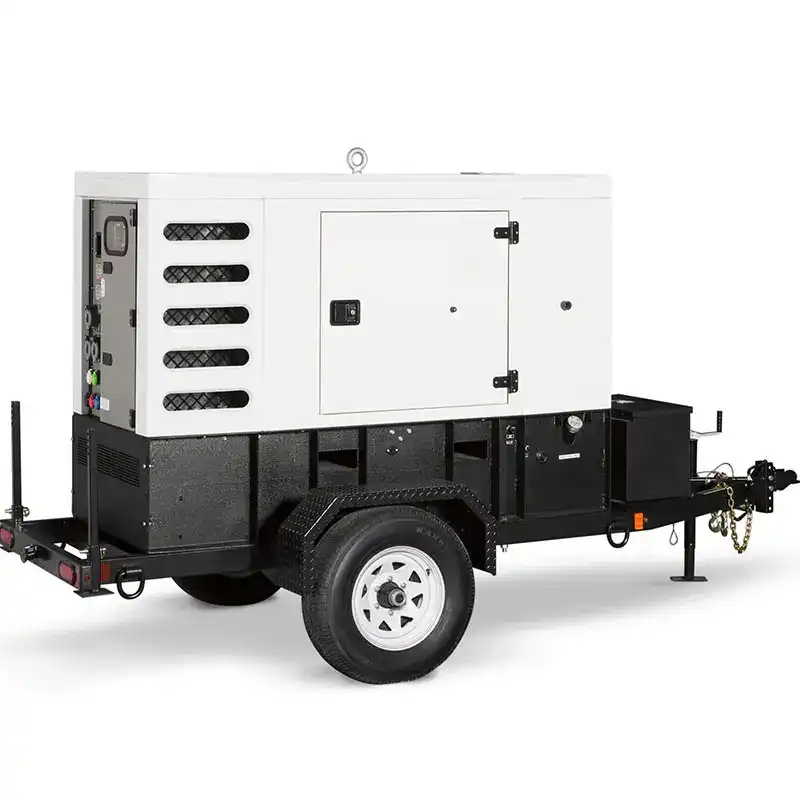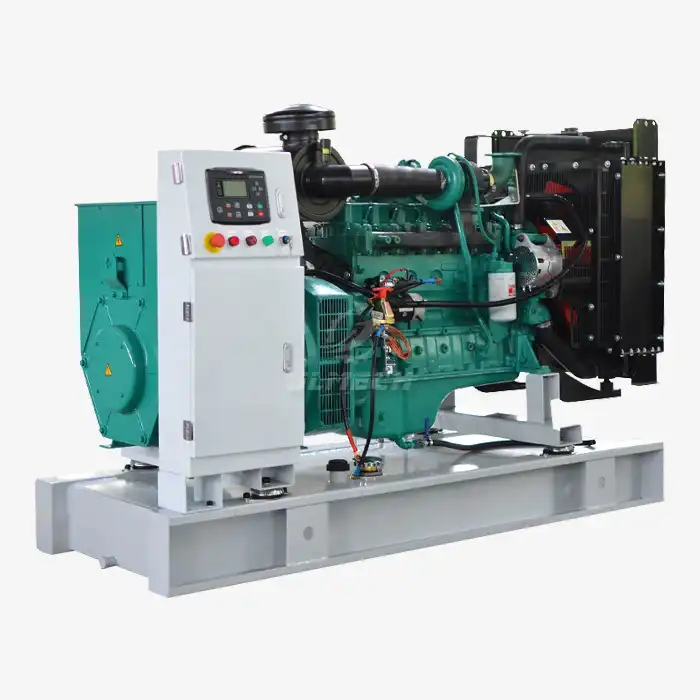What are the steps in installing a generator?
Installing a backup power source is a significant investment in business continuity and operational resilience. However, the benefits of a diesel generator installation are only fully realized when the process is executed with precision and expertise. An improper installation can lead to a cascade of serious problems, negating the investment and potentially creating hazardous situations. Risks include catastrophic generator failure due to incorrect loading or inadequate ventilation, voided manufacturer warranties, inefficient fuel consumption, excessive noise and emissions, and critically, safety hazards such as carbon monoxide poisoning, fire, or electrocution. Furthermore, non-compliance with local building codes, electrical regulations (like NFPA 110, IEC 60034), and environmental standards can result in costly fines and operational shutdowns. Ensuring a professional diesel generator installation from the outset is not just recommended; it's essential for safety, reliability, regulatory compliance, and maximizing the lifespan and return on your investment.
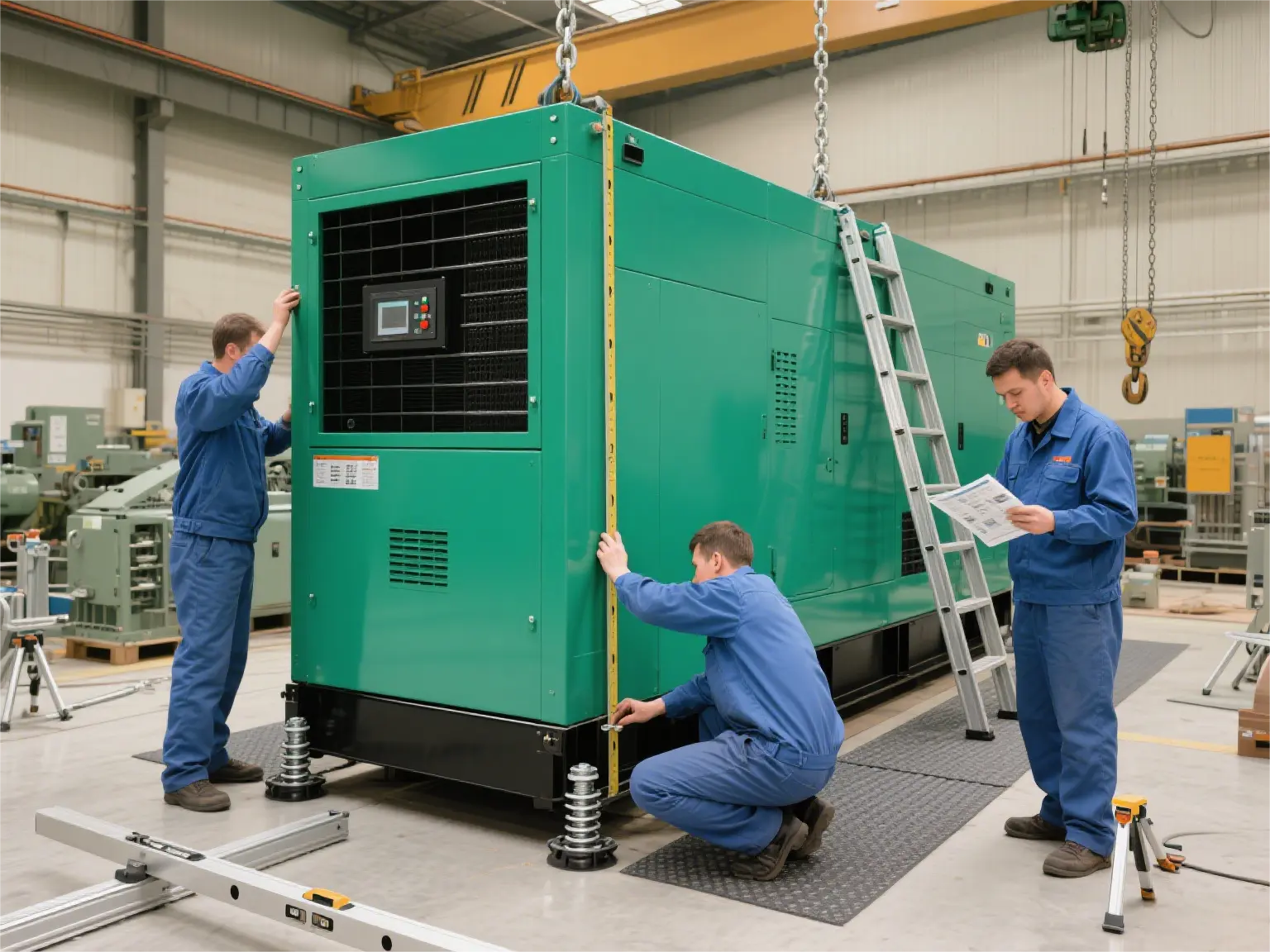
Meticulous Planning and Preparation
Before physical work begins, thorough planning is crucial for a successful diesel generator installation.
Site Selection: Choose a location that meets critical criteria: sufficient space for the generator, ancillary equipment (fuel tank, switchgear), and mandated clearances for airflow and maintenance access. The site must be stable, level, well-drained, and ideally protected from extreme weather and flooding. Consider proximity to fuel sources, electrical connection points, and potential noise impact on surrounding areas.
Utility Connection Point Verification: Precisely identify where the generator will interconnect with the building's main electrical distribution panel or designated critical load panel. This determines conduit and cable routing requirements.
Pre-Installation Equipment Inspection: Upon delivery, conduct a meticulous uncrating and inspection of the generator set and all ancillary components (base fuel tank, switchgear, exhaust system). Check for any shipping damage, verify all parts against the packing list, and ensure documentation (manuals, drawings, certificates) is present. Report any discrepancies immediately.
Permitting: Diesel generator installation almost always requires permits. Buyers are typically responsible for applying to local authorities for necessary building permits (for foundations, enclosures), electrical permits (for wiring and interconnection), and potentially environmental permits (regarding emissions or fuel storage). Engage with authorities early to understand specific requirements.
Delivery, Handling, and Precise Placement
The arrival of the generator marks the transition to physical implementation.
Safe Handling and Rigging: Generators are heavy, complex machines. Utilize certified rigging equipment (cranes, forklifts with appropriate capacity) and trained personnel. Follow the manufacturer's specific lifting points and procedures meticulously to prevent damage to the unit or injury to personnel. Ensure clear access paths are available.
Precise Positioning: Move the generator carefully to its predetermined location. Use alignment tools (laser levels, precision levels) to ensure the unit is perfectly level and positioned according to the installation drawings. Minor deviations can cause vibration issues, misalignment, or drainage problems.
Secure Mounting: Anchor the generator firmly to its prepared foundation using vibration isolation mounts as specified by the manufacturer and engineered for the unit's weight and dynamic forces. This prevents movement during operation or seismic events and minimizes vibration transmission to the building structure. Verify all mounting bolts are torqued to the correct specification.
Foundational Installation Considerations
Before connecting systems, address these critical prerequisites:
Absolute Electrical Safety - Lockout/Tagout (LOTO): Prior to any work on electrical connections, implement a rigorous LOTO procedure on all relevant utility and building power sources. This non-negotiable safety protocol prevents accidental energization and electrocution.
Adequate Ventilation: Diesel generator installation demands meticulous attention to airflow. The generator requires massive amounts of cool, clean air for combustion and cooling. Equally critical is designing an effective exhaust system to expel hot air and combustion gases (especially carbon monoxide) safely and efficiently away from air intakes, windows, and people. Follow NFPA 37, NFPA 110, and manufacturer clearances religiously.
Fuel System Integrity: Ensure the fuel supply system (piping, tanks, filters, pumps) is clean, leak-free, correctly sized, and compatible with diesel fuel. Proper fuel treatment and polishing may be necessary, especially for standby systems. Adhere strictly to NFPA 30 and NFPA 110 for fuel storage and handling.
Certified Personnel: Installation, particularly electrical interconnection and control system setup, must be performed by qualified and licensed electricians and technicians experienced specifically in diesel generator installation. Their expertise is vital for safety, code compliance, and system functionality.
The Core Installation Process
With preparations complete, the systematic installation proceeds:
Electrical Interconnection: Run appropriately sized, code-compliant cables (considering voltage drop and fault current) in approved conduit from the Automatic Transfer Switch (ATS) to the generator's output terminals and control connections. This includes grounding and bonding conductors per NEC/IEC requirements. The connection to the main distribution panel via the ATS is critical and must be flawless.
Control Wiring: Connect the generator's control panel to the ATS and any remote monitoring/annunciation systems using shielded cables as per schematic diagrams. Ensure communication protocols (e.g., Modbus, CANbus) are correctly configured.
Exhaust System Installation: Assemble and install the exhaust piping according to the design, using high-temperature flexible connectors near the engine to absorb vibration. Ensure all joints are sealed and properly supported. Route the exhaust terminal to discharge safely, away from structures and air intakes, and install a rain cap. Consider silencers for noise attenuation if required.
Cooling System Finalization: Connect any external radiator cooling lines if applicable (for remote radiators). Ensure coolant levels are correct per the manufacturer's pre-start checklist. Verify fan shrouds are secure.
Fuel System Commissioning: Connect the fuel supply line to the generator, ensuring proper filtration (primary and secondary). Fill the day tank or ensure the bulk storage tank is ready. Bleed air from the fuel lines meticulously according to the manufacturer's procedure.
Pre-Start Checks and Initial Startup
Never start the generator without comprehensive verification:
Fluid Levels: Check and confirm engine oil, coolant, and fuel levels are exactly at the specified operating marks.
Electrical Integrity: Double-check all electrical connections for tightness and correctness (terminals, grounding, bonding). Verify cable sizes and routing.
Mechanical Security: Inspect all bolts, mounts, exhaust hangers, and couplings for proper torque and security. Ensure no tools or debris are left in or around the generator.
Safety Systems: Confirm emergency stop buttons are functional and accessible. Verify coolant temperature and oil pressure sensor connections.
Initial Start Sequence (Under Supervision): With all checks complete and the ATS in the proper position (typically "Off" or "Test"), initiate the first start sequence according to the manufacturer's instructions. Closely monitor the start cycle for smooth cranking, prompt ignition, and stable idle. Observe for any unusual noises, vibrations, leaks (oil, coolant, fuel, exhaust), or warning lights. Record initial oil pressure and coolant temperature readings.
Rigorous Testing and Commissioning
Initial startup is followed by structured testing to validate performance and safety:
No-Load Testing: Run the generator without applying significant electrical load. Verify stable operation, check voltage and frequency stability at the generator terminals, monitor temperatures and pressures, and confirm control panel readings are accurate. Perform governor and voltage regulator checks.
Load Bank Testing (Critical): Apply incremental, calibrated electrical loads (using a resistive/reactive load bank) up to 100% of the generator's rated capacity. This crucial step:
Verifies the generator can produce its full rated power output.
Exercises the engine under designed load conditions, burning off accumulated carbon (wet-stacking prevention).
Tests engine governor response (frequency stability) and voltage regulator performance under varying loads.
Confirms cooling system capacity under full load.
Validates the performance of the ATS under simulated power failure conditions (transfer to generator and back to utility).
Integrated System Test: Simulate a real utility failure (using the ATS test function). Verify the ATS commands the generator to start, transfers the load seamlessly, sustains the load, and retransfers back to utility power correctly upon its return. Test any remote monitoring/alarm functions.
Final Adjustments & Documentation: Make any necessary minor adjustments based on test results. Compile comprehensive commissioning reports, including test data sheets, settings documentation, as-built drawings, and manuals. Provide thorough operator training.
References
Professional diesel generator installation adheres to numerous international and local standards. Key references include, but are not limited to:
NFPA 70: National Electrical Code (NEC) - Fundamental electrical safety standard.
NFPA 110: Standard for Emergency and Standby Power Systems - Covers performance, installation, maintenance, and testing requirements for EPSS.
NFPA 37: Standard for the Installation and Use of Stationary Combustion Engines and Gas Turbines - Focuses on fire safety.
NFPA 30: Flammable and Combustible Liquids Code - Governs fuel storage.
ISO 8528: Reciprocating internal combustion engine driven alternating current generating sets - International standard covering performance and testing.



